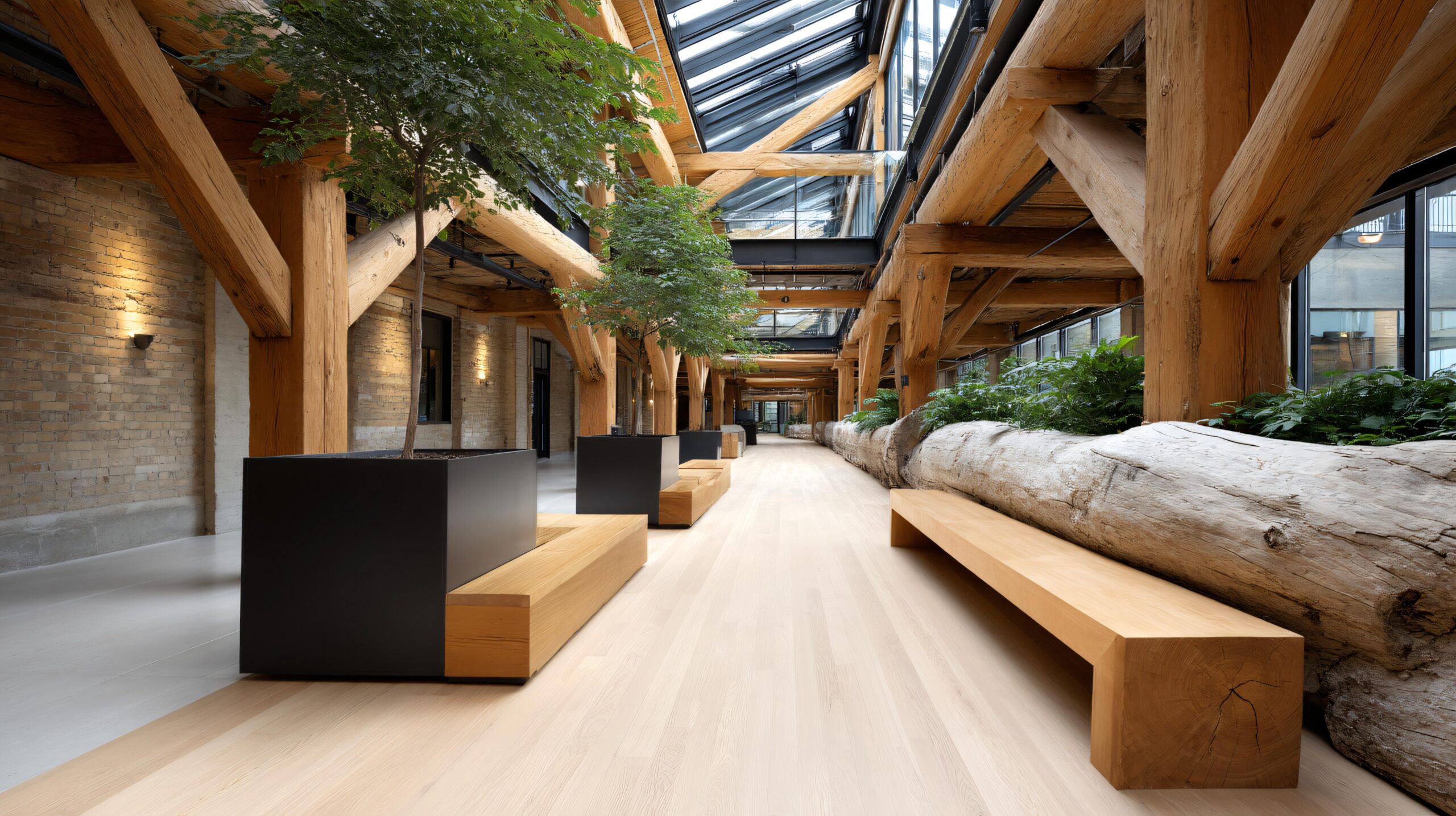A Fresh Look at What We Already Have
When I began my career in architecture and development here in Indianapolis, new construction was seen as the gold standard. A vacant lot was a blank slate, and we were eager to build from the ground up. But over the years, my perspective shifted. I started to look not at what was missing, but at what was already standing—underused factories, historic schools, shuttered churches—and I saw opportunity.
This approach is known as adaptive reuse, and it’s changing the way we think about development, particularly in the Midwest. It’s not about nostalgia—it’s about smart planning, sustainability, and community character. In cities like Indianapolis, St. Louis, and Detroit, adaptive reuse is becoming the new blueprint for thoughtful, resilient growth.
What Is Adaptive Reuse, Really?
At its core, adaptive reuse is the process of taking an existing structure and transforming it for a new purpose. A century-old train station becomes a food hall. A defunct office building becomes micro-apartments. An abandoned school turns into a senior living community. These aren’t just creative rebrands—they’re practical solutions to modern needs.
I’ve worked on many developments over the years, and some of the most meaningful have involved restoring and reimagining existing buildings. There’s something powerful about giving a place a second life. The walls have stories. The materials have integrity. And the impact is tangible—not just economically, but emotionally.
Why It Works in the Midwest
Midwestern cities are uniquely suited for adaptive reuse. We have a rich industrial past and a wealth of legacy buildings—solidly built, often architecturally significant, and just waiting for someone to see their potential. These buildings may no longer serve their original function, but that doesn’t mean they’re without value. Quite the opposite.
The Midwest is also experiencing a wave of urban revitalization, with people moving back into city centers and seeking more walkable, character-rich neighborhoods. Adaptive reuse helps us meet that demand without losing what makes our cities distinctive. It balances growth with preservation, innovation with history.
A Smarter, Greener Way to Build
One of the most overlooked benefits of adaptive reuse is sustainability. In a time when climate concerns are front and center, repurposing existing buildings is one of the most environmentally responsible things we can do. We reduce demolition waste, conserve energy, and avoid the environmental costs of new construction materials.
But it’s not just about the environment—it’s about efficiency. Older buildings often sit in established neighborhoods with existing infrastructure. Utilities are already in place. Roads are already built. Transit is already nearby. That means lower costs and fewer barriers to development.
I’ve seen firsthand how reusing buildings can spark renewed energy in areas that were previously overlooked. A smart renovation can serve as a catalyst, drawing in small businesses, new residents, and fresh investment.
Challenges and Creative Solutions
Of course, adaptive reuse isn’t without its challenges. Older buildings come with quirks—uneven floors, outdated wiring, mysterious additions from decades past. Zoning codes and historic regulations can be complicated. But with the right team, these obstacles become opportunities for innovation.
At Mansur Real Estate Services, where I spent much of my career, we learned to approach these projects with flexibility and creativity. Sometimes the structure dictated the solution, and sometimes a clever redesign unlocked unexpected potential. In every case, the process required collaboration—between architects, engineers, city officials, and the community itself.
When done well, adaptive reuse brings people together. Residents feel proud to see a familiar building brought back to life. Developers gain the goodwill that comes from contributing to the neighborhood, not just profiting from it.
Community, Character, and Connection
There’s something deeply human about a place with history. Adaptive reuse preserves that feeling. It gives people a sense of continuity—a reminder that their city didn’t start yesterday. That connection matters.
I’ve worked with organizations like Keep Indianapolis Beautiful and Second Helpings that rely on shared spaces to serve our city. In many cases, those spaces were adapted from old buildings that otherwise might have been demolished. When a place carries a sense of story, it becomes more than just functional—it becomes meaningful.
In my podcast, Design Minded Indiana, I often speak with designers, developers, and artists who share this belief. They understand that real estate is not just a financial equation—it’s a cultural and emotional one, too. Adaptive reuse honors that balance.
Looking Ahead
As we think about the future of Midwestern cities, I believe adaptive reuse will only become more important. It’s a strategy that aligns with where we’re headed: more sustainable, more inclusive, more rooted in place.
Our cities don’t need to be reinvented from scratch. They need to be reimagined with care. The past doesn’t have to be a burden—it can be a foundation. And with the right vision, what was once seen as outdated can become the cornerstone of a new chapter.
The New Blueprint
Adaptive reuse isn’t just about saving buildings—it’s about building smarter, greener, and with greater heart. It’s about asking what we already have, what it still offers, and how we can bring it forward into today’s world.
In the Midwest, we are surrounded by opportunity. Our legacy structures aren’t problems—they’re potential. And in a time when so much is disposable, choosing to restore and reuse is one of the most hopeful acts we can take.
I’m proud to be part of that movement—and I look forward to seeing how our cities continue to evolve, one thoughtful renovation at a time.
